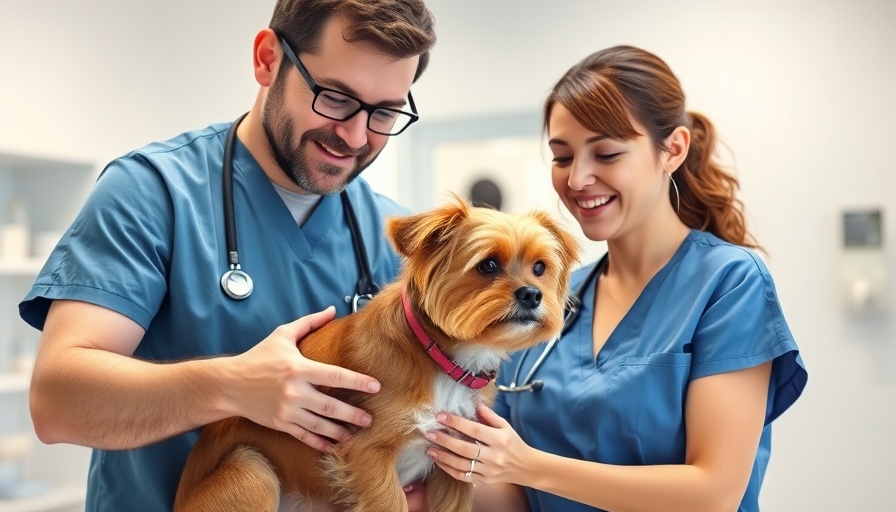
Understanding the Vital Role of Veterinary Technicians
It’s Veterinary Technician Week, a time dedicated to recognizing the crucial contributions of veterinary technicians in the world of pet healthcare. As the demand for dedicated pet care professionals continues to rise after the pet ownership boom, it’s essential for pet owners to grasp the significant impact these unsung heroes have on the health of their beloved companions. In fact, research shows that 47% of pet owners are unaware of the pivotal role veterinary technicians play, revealing an opportunity for education and understanding.
1. A Crucial Role in Healthcare
Veterinary technicians work tirelessly alongside veterinarians and assist in a variety of settings—animal hospitals, non-profit organizations, and even research facilities. Their responsibilities range from performing lab procedures and blood draws to ensuring patient records are meticulously maintained. This collaboration with veterinary professionals emphasizes the team-oriented approach needed for optimal pet care.
2. Adaptability and Practical Skills
Every day is unique as a veterinary technician, requiring them to be quick on their feet and ready to handle diverse challenges. These professionals are not just caregivers; they also educate pet owners on health and nutrition, helping families understand what their pets need for a happy life. For example, if a dog is recovering from surgery, a technician might explain post-operative care that includes nutrition and activity guidelines to aid recovery.
3. Surgical Support and Beyond
Many pet owners might not be aware that veterinary technicians are critical to surgical procedures. Under the guidance of a licensed veterinarian, they assist by administering anesthesia, monitoring vital signs, and providing post-operative care. Their efforts ensure that pets receive the best possible treatment during and after surgical interventions, reinforcing the trust pet owners have in the veterinary team.
4. Compassionate Care at Critical Times
Compassion is at the heart of a veterinary technician's work. They often provide emotional support not only to the pets but also to their owners, especially during stressful moments like emergencies or end-of-life decisions. The empathy displayed by these professionals builds a comforting bond, allowing pet owners to feel understood during some of the toughest times.
5. Educational Background and Lifelong Learning
To become a veterinary technician, a commitment to education is paramount. Typically requiring 2-4 years of specialized study, candidates learn about animal care, medical terminology, and pharmacology, equipping them with the skills necessary for success. Furthermore, many technicians pursue continuing education, keeping abreast of the latest advancements in veterinary medicine, enhancing their expertise consistently.
6. Credentials Matter
The title and credentials of a veterinary technician may vary by state, common designations include Certified Veterinary Technician (CVT) among others. These credentials reflect their training and ongoing commitment to their profession, ensuring that pets receive care from qualified individuals.
As a pet owner, taking the time to learn about veterinary technicians can greatly enhance your relationship with these healthcare professionals. Understanding their roles not only fosters communication but also brings a sense of assurance that your pet is in capable hands. With insights into their rigorous training and the compassionate care they provide, pet owners can advocate more effectively for their pets’ health and wellness.
Empowered with this information, let’s show appreciation for our veterinary technicians during this special week. Together, we can support a community that is devoted to pet health and wellness.
 Add Row
Add Row  Add
Add 




 Add Row
Add Row  Add
Add 

Write A Comment